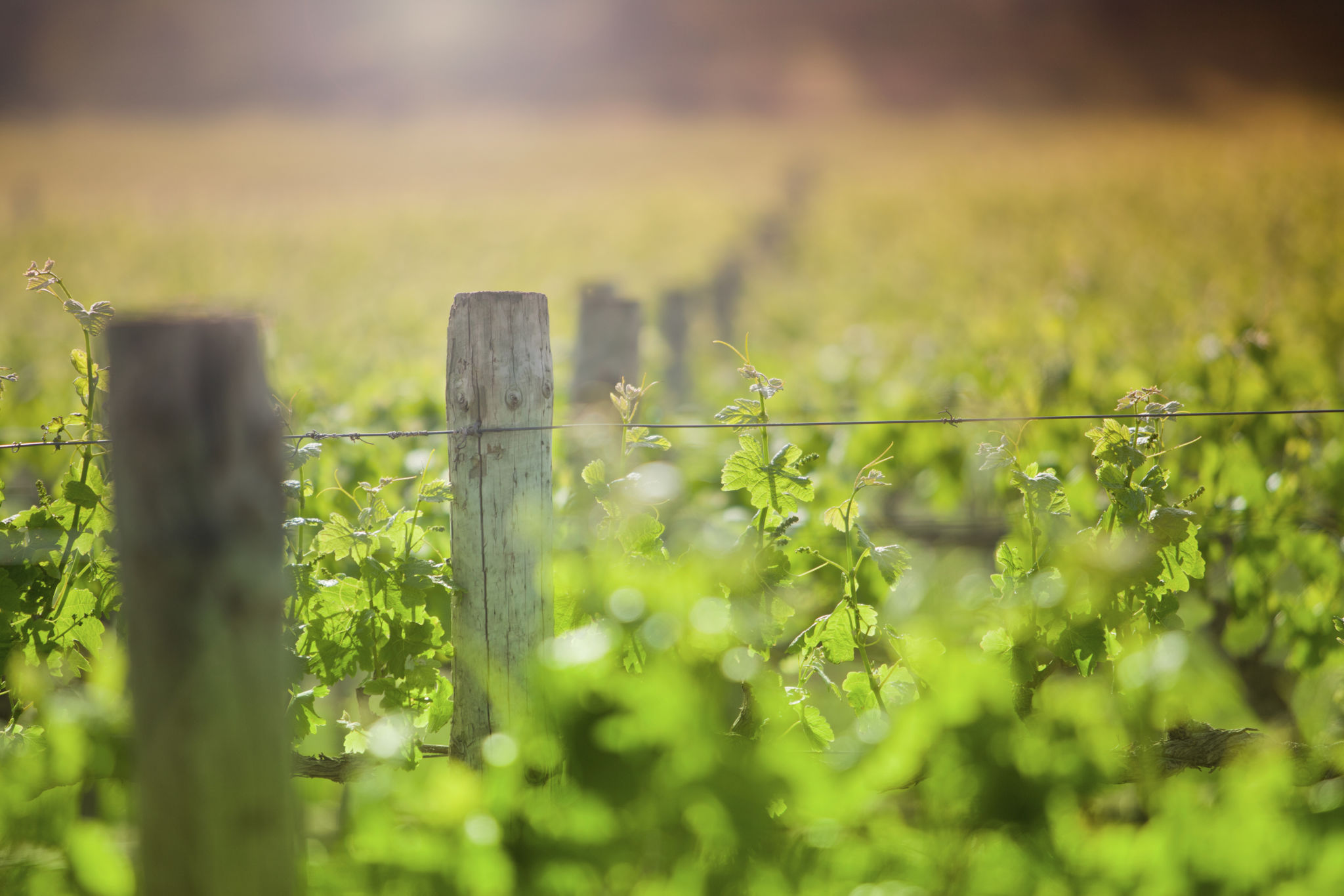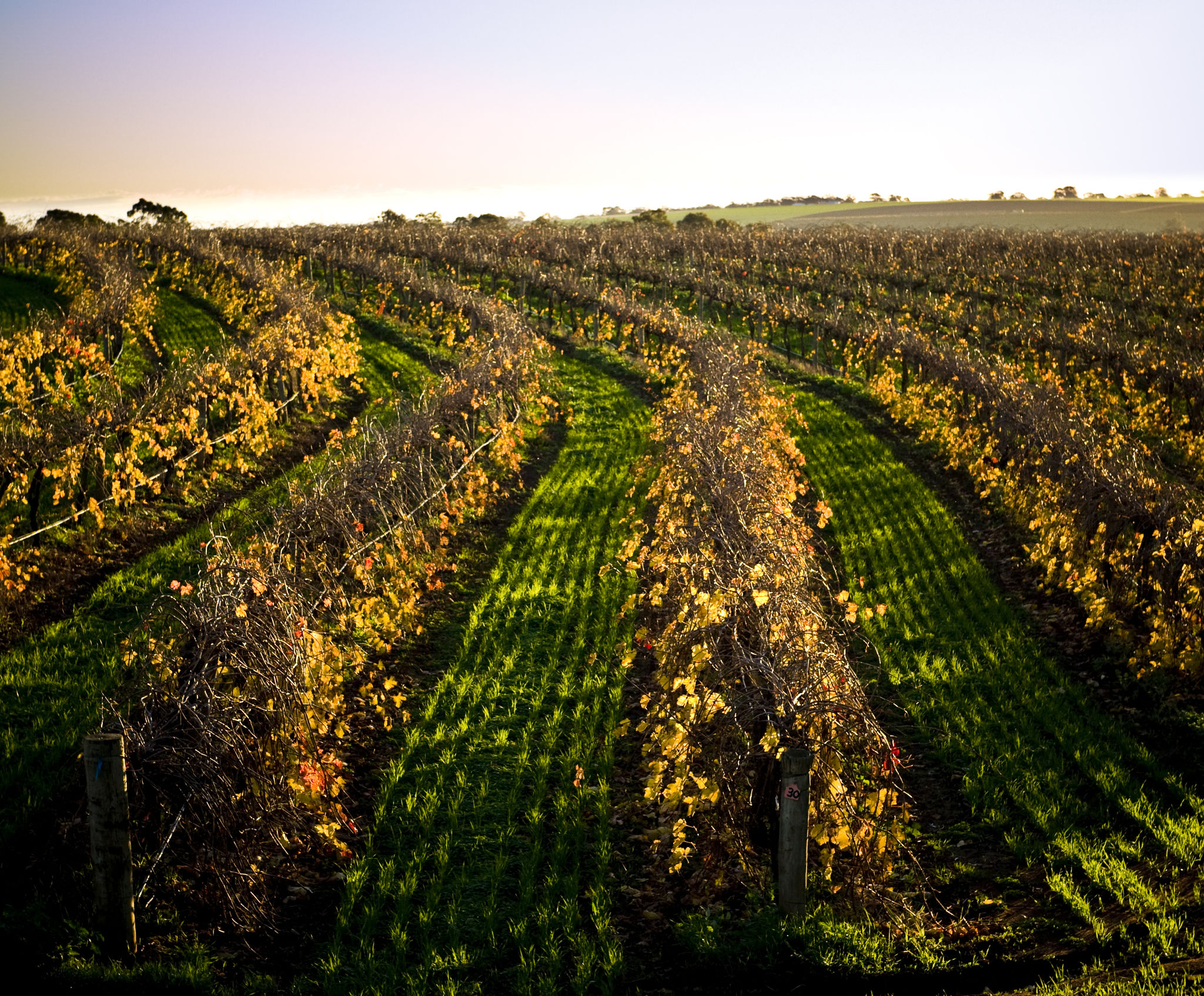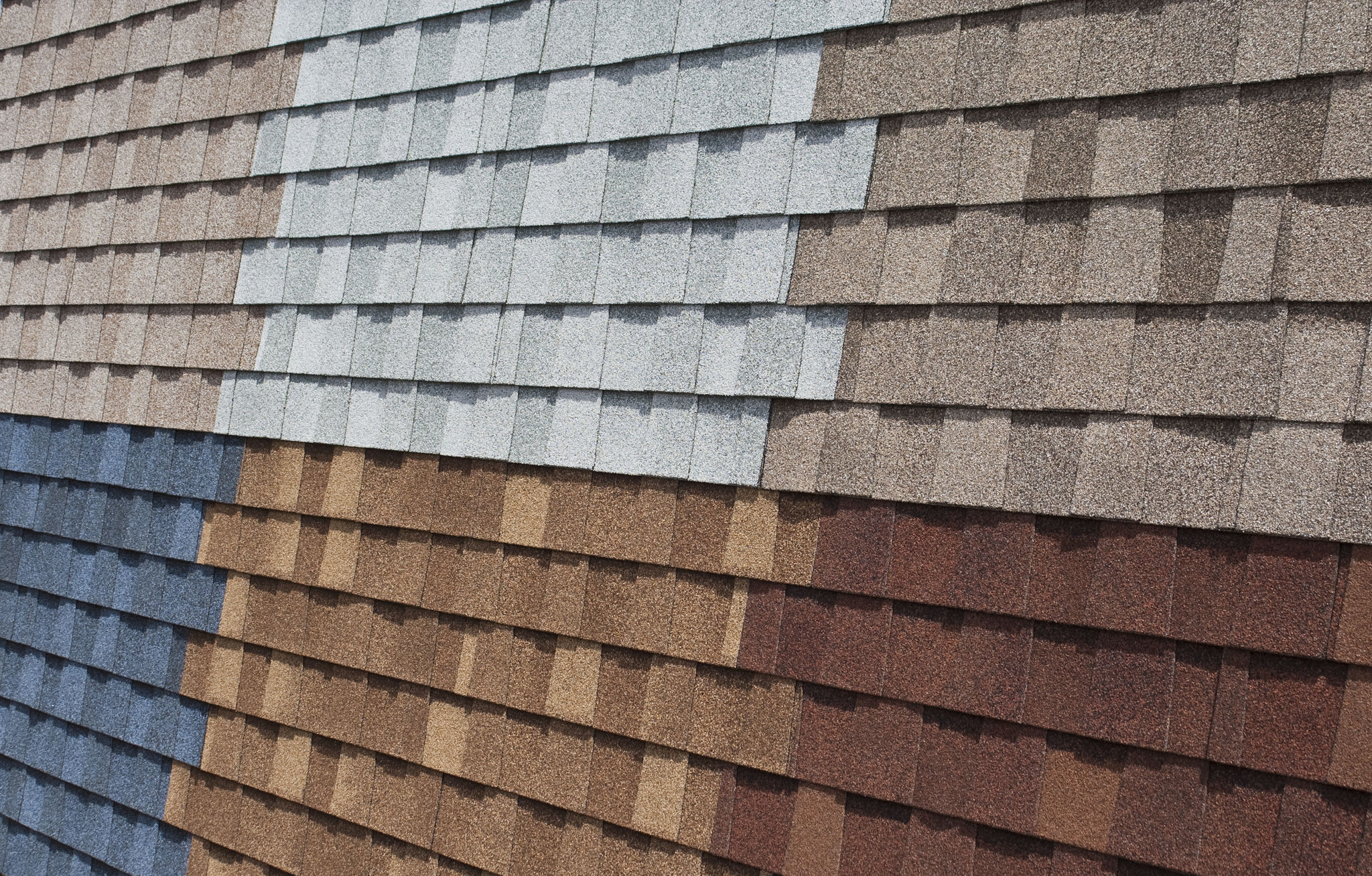Understanding the Impact of Barossa's Climate on Your Roof
Understanding the Barossa Climate
The Barossa Valley, renowned for its wine production, experiences a unique climate that can significantly impact your home, particularly the roof. This region is characterized by hot, dry summers and cool, wet winters. Understanding how these conditions affect roofing materials and structures is crucial for homeowners looking to maintain their property's integrity.
In the summer months, temperatures in the Barossa Valley can soar, often exceeding 35°C. Such extreme heat can cause roofing materials to expand, leading to warping or cracking over time. Additionally, prolonged exposure to UV rays can degrade certain materials, weakening their protective properties.

The Effects of Winter Weather
During winter, the Barossa Valley experiences increased rainfall and cooler temperatures. This shift in weather can lead to moisture accumulation, particularly if your roof lacks proper insulation or drainage systems. Moisture can seep into the roof's structure, potentially causing mold growth or rot.
Heavy rains can also test the durability of your roof's drainage system. Gutters and downspouts must be kept clear to prevent water buildup, which could lead to leaks or structural damage. Regular maintenance is essential to ensure that these components function effectively during the rainy season.

Choosing the Right Roofing Materials
Given the Barossa Valley's climate extremes, selecting the appropriate roofing materials is vital. Homeowners should consider materials that are both heat-resistant and capable of withstanding moisture. Options like terracotta tiles or metal roofing are popular in this region due to their durability and thermal efficiency.
Terracotta tiles are particularly effective at reflecting heat, helping to keep your home cool during hot summers. Metal roofs, on the other hand, are known for their longevity and resistance to both heat and moisture. These materials can provide robust protection against the Barossa’s challenging climate conditions.

Maintenance Tips for Barossa Roofs
Regular roof maintenance is essential to combat the effects of the Barossa climate. Here are some tips for maintaining your roof:
- Inspect regularly: Schedule routine inspections to identify any signs of damage or wear.
- Clean gutters: Ensure gutters are free from debris to promote efficient water drainage.
- Check insulation: Verify that your roof insulation is adequate to prevent heat loss in winter and heat gain in summer.
Professional Assistance
If you're unsure about your roof’s condition or need repairs, it's wise to consult with a professional roofing contractor. They can provide guidance tailored to the specific needs of homes in the Barossa Valley, ensuring that your roof remains in top condition despite the climate's challenges.
Professionals can also recommend advanced roofing solutions that incorporate modern technologies, such as reflective coatings or high-performance insulation, to enhance your roof's resilience against extreme weather conditions.

The Long-Term Benefits
Investing in quality roofing materials and regular maintenance can offer long-term benefits for homeowners in the Barossa Valley. A well-maintained roof not only protects your home from harsh environmental elements but also adds value to your property by enhancing its aesthetic appeal and energy efficiency.
Understanding and adapting to the Barossa climate's impact on your roof ensures that your home remains safe, comfortable, and valuable for years to come.
